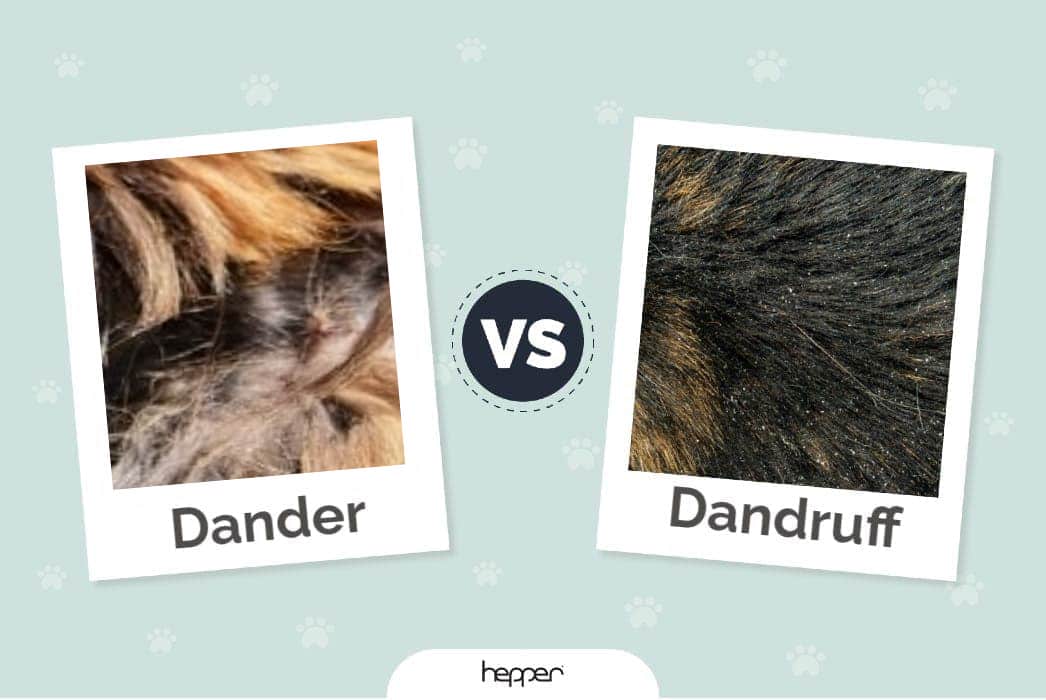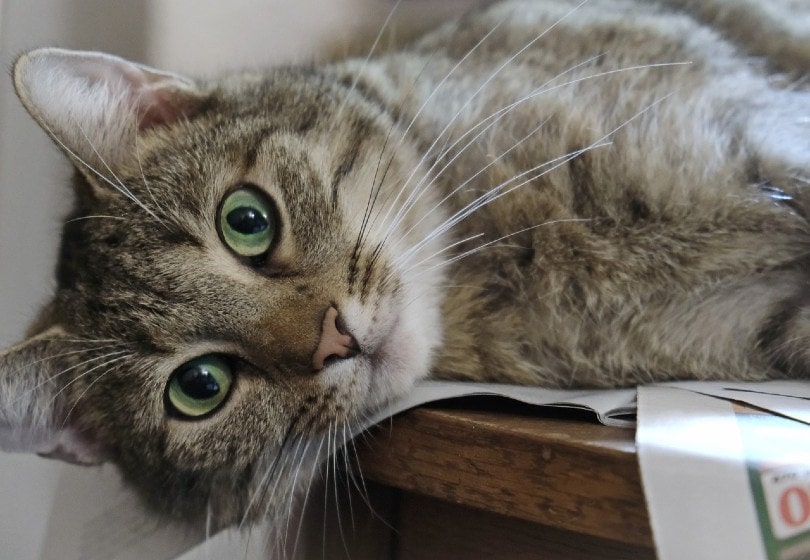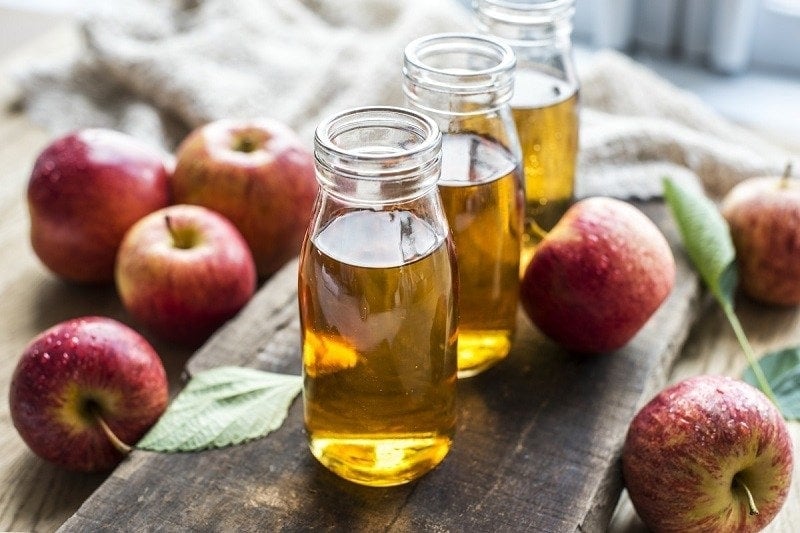Can Cats Eat Pansies? Vet-Reviewed Health & Safety Guide
Updated on

The bright and colorful pansy is a beautiful addition to gardens and containers, and they especially thrive in cool and rainy climates. They come in a wide variety of colors and are famous for their “faces,” which look like little men with mustaches. Additionally, they are edible flowers that you can place in a dessert or salad. But are they safe for cats to eat?
Pansies are not toxic to cats, but there’s the possibility of your cat becoming sick if too many pansies are consumed.
We’ll discuss the cat’s diet and have a look at the pansy in more detail so you’ll know what to expect if your cat does munch on one of these flowers.
A Cat’s Diet
The cat’s diet is primarily made up of meat – at least 80-85%! This makes them obligate carnivores, which means they can’t digest vegetation properly. They are also not physically able to survive on a vegan or vegetarian diet.
Cats in the wild will hunt and eat their meals at dusk and dawn. You might have noticed that your cat tends to be pretty active at these times as well.
For those new to owning cats, it’s generally best to stick with high-quality, commercially prepared cat food, as it balances the right amounts of minerals, vitamins, and protein so cats will remain healthy and thrive. Always check any pet food you buy to ensure it complies with regulations regarding pet nutrition in your country. For example, if you live in the US, a complete cat food should mention AAFCO compliance. The main ingredient in quality commercial cat food should be animal protein.
This is just a snippet into a typical cat’s diet, and we’ll have a brief look at the pansy next.
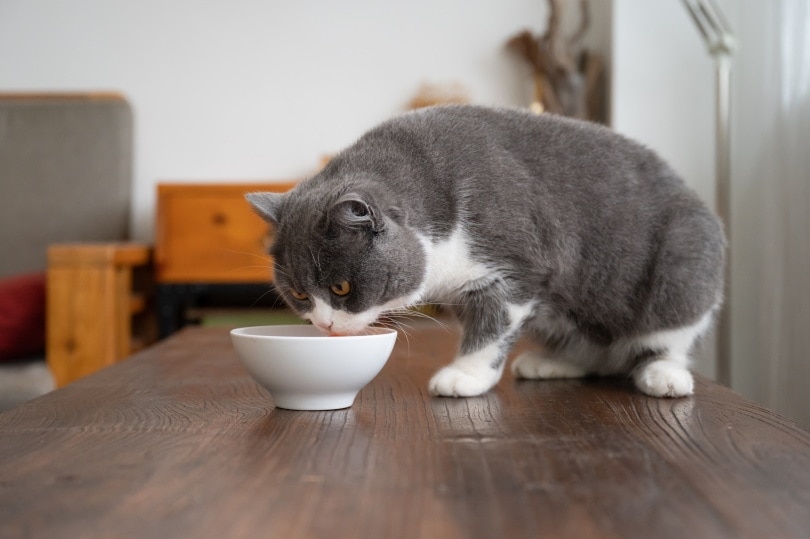
A Little About Pansies
Pansies do best in cool environments with lots of rain. They tend to do most of their growing and blooming in the fall and spring, particularly in the Pacific Northwest of North America, which is the perfect climate for them.
They have heart-shaped petals, with four petals on top and one on the bottom, and they come in several colors ranging from pink, purple, white, yellow, blue, orange, and even black. They are easy to grow and can add beautiful splashes of color to your garden or in a pot inside your house.
Pansies are also one of a few edible flowers. Their flavor has been described as “green.” The petals can taste like mild and fresh lettuce, sometimes with a slight perfume flavor. Some pansy species have a hint of a wintergreen taste and occasionally a little sweetness.
They are very safe for us to eat, but we’ll have a closer look at how cats fare when they eat pansies.
Cats and Pansies
The ASPCA does not list the pansy as a toxic plant for cats. But this doesn’t necessarily mean they are entirely safe either.
Some cats might experience stomach upset, including vomiting and diarrhea, as well as irritation to the gastrointestinal tract. There might also be inflammation and blistering of the skin and in the mouth, particularly if a cat has environmental allergies.
If your cat eats a pansy, keep an eye on them for a while. Chances are they will be just fine, but if you notice any worrisome symptoms, such as breathing difficulties, bring your cat to the vet straight away.
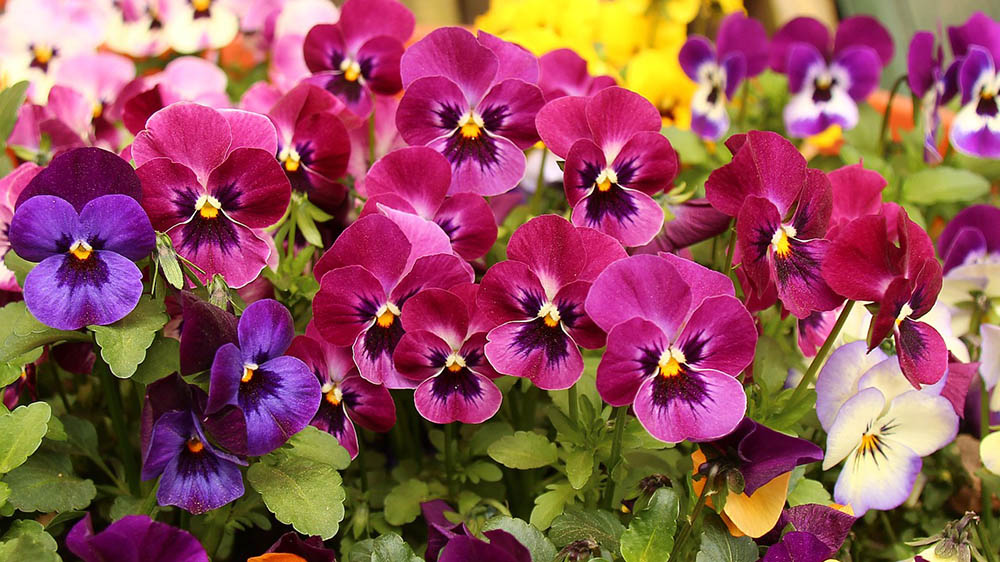
What Flowers Are Toxic for Cats?
There’s a fairly long list of plants and flowers that are toxic for cats. We’ll list some toxic flowers for cats, but you can visit the Pet Poison Helpline for a more comprehensive list.
- Autumn Crocus
- Azalea
- Cyclamen
- Kalanchoe
- Lilies
- Oleander
- Dieffenbachia
- Daffodils
- Lily of the Valley
- Sago Palm
- Tulips
- Hyacinths
Depending on the flower and amount your cat ingests, they may display signs involving their gastrointestinal tract (such as vomit, diarrhea, hypersalivation), tremors, irregular breathing, unresponsiveness, or listlessness. It goes without saying that you should immediately rush your cat to the vet if you ever observe or suspect that they’ve ingested any of these flowers. Prioritize bringing your cat to the vet over ensuring that you bring a sample of the flower to the vet. Remember that a picture of the plant can be just as good for quick identification.
Conclusion
While pansies are not poisonous for cats, they still might cause illness or some discomfort for your cat. You’re better off ensuring your cat doesn’t have access not only to your pansies but to any of your plants. It’s always better to be safe than sorry.
Always talk to your vet about your cat’s health if you’re ever in doubt. And if you want to give your cat a plant as a treat, consider catnip or cat grass, which are very safe and enjoyable for cats to munch on or roll in.
Featured Image Credit: Pixabay



